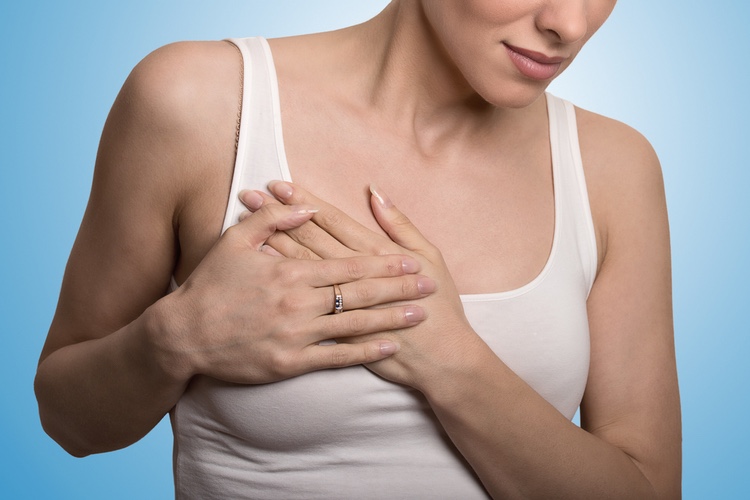
Up to 20% of breastfeeding women can develop mastitis, blocked milk ducts and other inflammatory conditions of their breast. Mastitis can be painful and distressing and is one of the most common causes of women giving up breastfeeding during the first 12 weeks after giving birth.
Symptoms:
According to the Academy of Breastfeeding Medicine (ABM) mastitis is defined as a “tender, hot, swollen, wedge-shaped area of the breast associated with a temperature of 38.5 C or greater”, however, not all women (approximately 33% according to the World Health Organisation (WHO)) will have a fever. In reality, women will present with different combinations of symptoms.
Most commonly these are:
1. Redness
2. pain
3. increased skin temperature
4. Tension of the breast
These may also be accompanied by a feeling of fatigue, flu-like symptoms and/or a headache. Babies may start to avoid the affected breast or fuss during feeding.
ALL THESE SYMPTOMS CAN OCCUR WITHOUT INFECTION.
They may be due to a non-infectious blockage in the milk duct, or inflammation and pain in the milk duct due to trauma or nipple irritation. Symptoms may also be due to skin infection or infectious agents in the milk.
Treatment:
If there is an infection present then antibiotics may well be necessary, but what about treatment options when there is no infection? It is important to realise that mastitis does not have to be treated with antibiotics and that other very effective options are available. Seeing a Physiotherapist trained in management of the lactating breast (producing breastmilk) will help you to decide if antibiotics are really necessary. They will work closely with your Doctor to ensure your recovery is as quick as possible and that you get a script for antibiotics if they are deemed necessary.
Ideally treatment will start within 24 hours of the onset of symptoms (however relief from pain and inflammation can be gained at any time) and will initially involve having a discussion with the Physio to identify the potential cause of the problem. Treatment will then be given and may include the use of therapeutic ultrasound, gentle massage/lymphatic drainage, advice regarding positioning of the baby for feeds, self-management techniques (to speed up recovery and prevent recurrences) and the use of supportive tape on the breast. This approach has been shown to be very effective in the relief of symptoms.
It is strongly advised to continue breastfeeding as normal during a bout of mastitis.
What causes mastitis?
Changing the number of feeds/day, erratic or interrupted feeding patterns, poor breastfeeding technique, tongue tie, uneven compression from fingers or garments and sleeping on your stomach can all cause mastitis and/or blocked milk ducts.
White spots – what are they?
A white spot can form on the face of the nipple. These spots are thought to be milk blebs (also know as milk blisters). They may be caused by cream settling in the pore of the duct as the duct exits the nipple or the fatty cream getting mixed up with the skin cells that line the ductal walls. Sometimes the ductal wall can be torn and protrude to the surface forming a white spot. When this ‘skin’ layer covers the ductal opening, milk cannot flow easily and the duct can be blocked.
White spots are often missed on the nipple. Unfortunately they can cause or worsen symptoms and must be treated.
At Beaches Pelvic Physio we are luck enough to have 2 therapists with advanced training and extensive experience in the treatment of mastitis, blocked ducts and milk spots. Both Hannemari and Liane make the treatment of these conditions a priority and will fit you in for treatment as soon as possible after the onset of your symptoms.
To make an appointment, please call us on 0435 150136, email us at hello@beachespelvic.physioor go to www.beachespelvic.physio to book online. I would strongly advising calling us though so that we can fit you in quickly.
Hannemari De Jager

